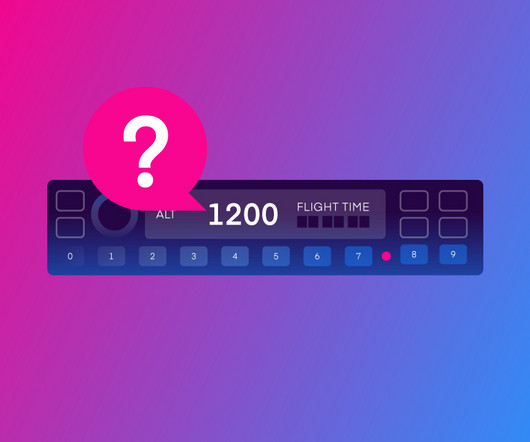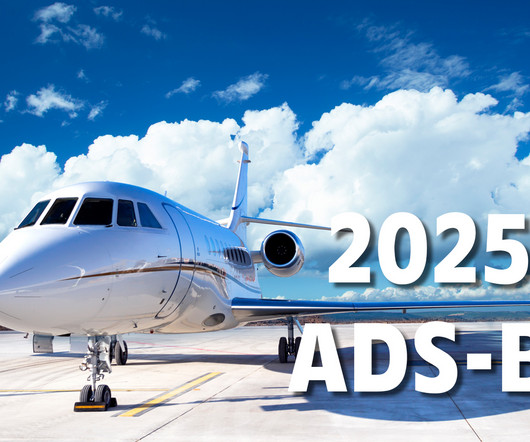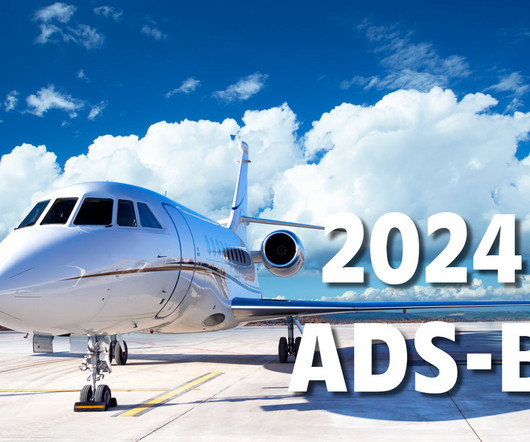Transponder Codes Made Easy: A Pilot’s Survival List
Pilot Institute
FEBRUARY 28, 2025
If you plan to fly in: Group I Terminal Control Area (TCA). Above 10,000 feet MSL , excluding areas at and below 2,500 feet AGL. A code is reserved for use in the Mode S radar/ADS-B environment, where the air vehicle identification is used to correlate the flight plan instead of the Mode A code. 1000 Non-discrete mode.











Let's personalize your content